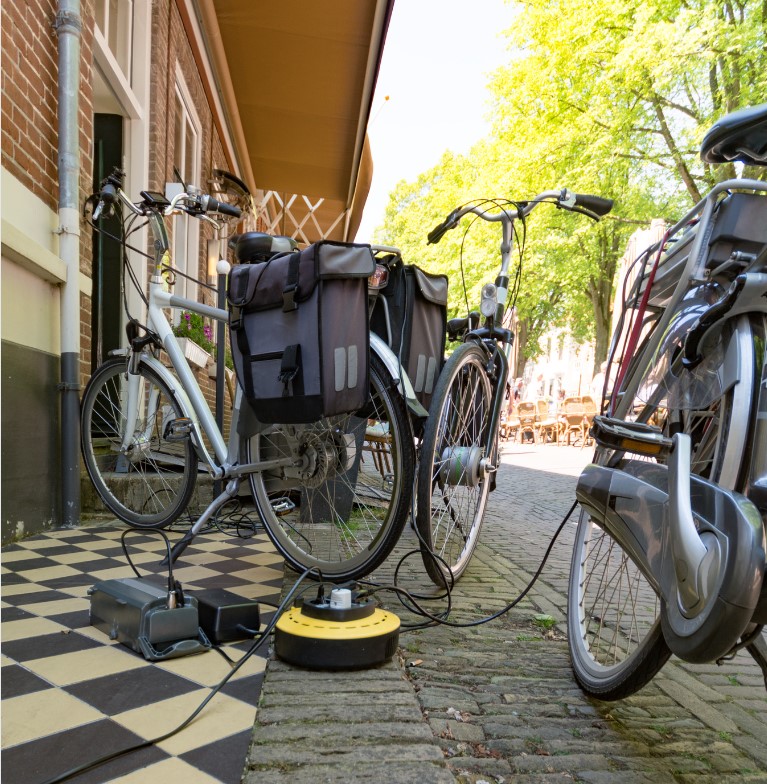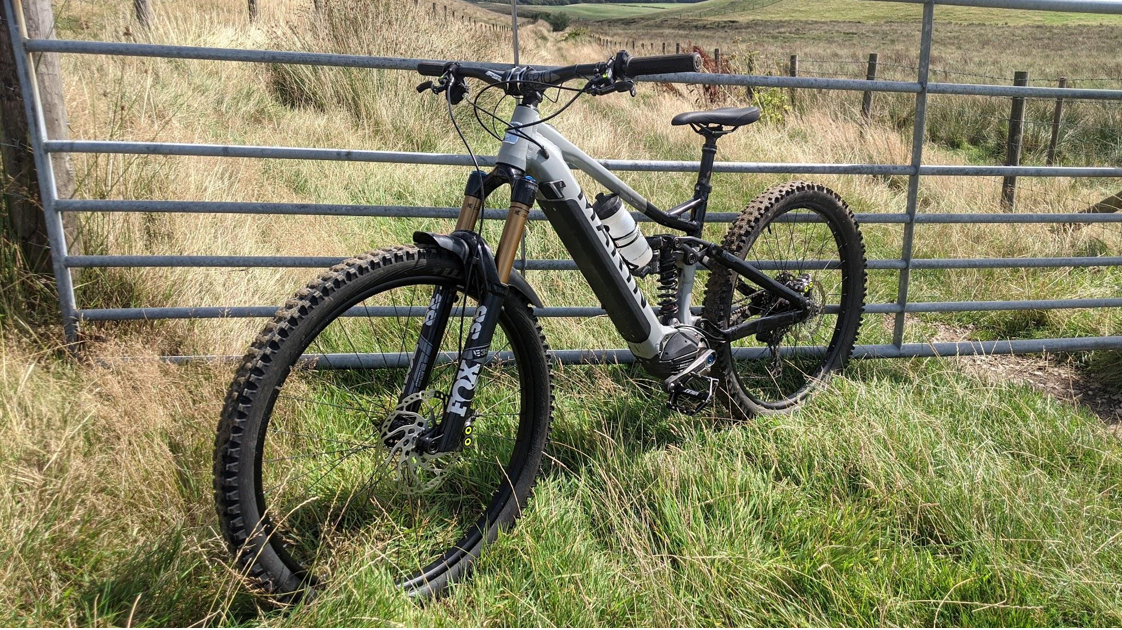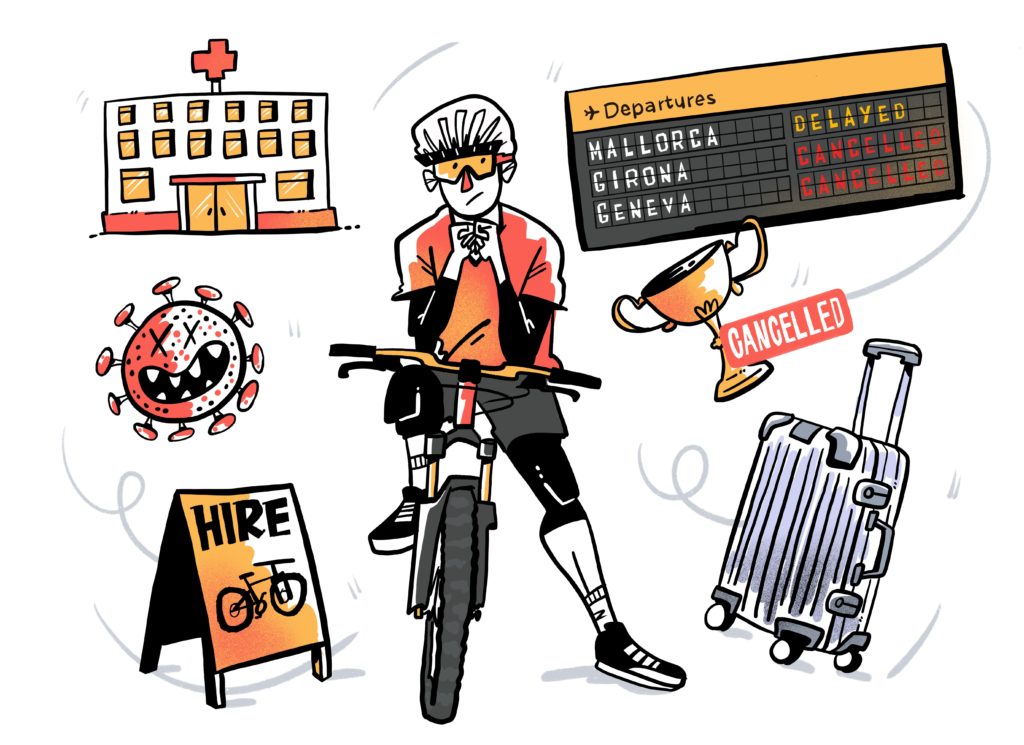In recent years, sales of E bikes were on a steady upwards trajectory. With more manufactures releasing E bike models and covering all corners of the market, the appeal of buying an E bike was clear to see. Fast forward to the dreaded pandemic where more people started to put the spotlight on our physical and mental wellbeing, E bike sales went through the roof. Commuters craved a safer way to travel to work and during lockdown, air travel and holidays abroad were as good as banned. The humble E bike provided freedom of travel with a sense of adventure for people of all ages. In 2021, Shimano reported turnover was up by almost half at £2.8 billion. Even though the insatiable thirst for pedal assistance bicycles somewhat slowed in 2022, sales figures still remained strong even after the bicycle feeding frenzy that was the pandemic, had ended.
With so many E bikes now taking pride of place within people’s homes and a sharp rise in fires associated with battery powered bicycles (and scooters), it got us asking the question-are E bikes a domestic fire hazard and if they are, what can we do to help minimise the risk?
Charge me up
In a recent report released by The Guardian, it is said that there have been at least 190 people injured and eight people who sadly lost their lives due to electrical battery fires.
Part of the problem is that E-bikes typically use lithium-ion batteries, which can be prone to fire hazards if not charged correctly or if they are of low quality. The most common reasons for battery fires include overcharging, using an incorrect or faulty charger, or using a charger not recommended for the specific battery model. Additionally, cheap replacement chargers without proper safety features, such as fuses, pose a significant risk to E bike owners. It is reported by the Guardian that aftermarket, non compliant chargers were available to buy online and responsible for causing many of the associated fires.
In a report published in July 2023 by The Bicycle Association trade body, they said:
“We would emphasise that reputable e-bike suppliers conduct extensive testing to ensure that e-bike batteries are extremely fire-safe and we would reassure users of good quality e-bikes that in normal use these are very safe products”
In other words, stick with products that have passed rigorous UK testing and do not be tempted to buy a poor quality or aftermarket charger which hasn’t been designed and tested to be compatible with your E bike.
Where should I charge my E bike?
In theory, if you have a complaint E bike from a reputable manufacturer, you shouldn’t have any issues, but as with all things in life, nothing is guaranteed. First and foremost, make sure that where your bicycle is stored falls within one of our insured locations as the risk of it catching fire is going to be far less than the risk of it being stolen. That said, you should charge your E bike on a dry, non-flammable surface, away from sources of heat, humidity and flammable materials. Only use the supplied charger and refrain from using extension cords. If possible, charge your E bike during day time. Ensure that there is smoke detector in the room where the bicycle is being charged. If a fire breaks out, having advanced warning can save lives. Every second counts.

What if my E bike catches fire?
- Evacuate your house immediately. Do not try to extinguish the fire.
- Warn others who could potentially be affected by the fire
- Call the fire brigade immediately- 999.
Am I safe?
In conclusion to the evidence we have seen above, if you have bought an E bike which has gone through rigorous UK compliance testing methods, then yes, you should be fine. If your charger shows sign of degradation, replace it with a charger designed and supplied by the original manufacturer. We also recommend, you regularly inspect your e-bike’s battery for signs of damage or wear, and adhere to the manufacturer’s guidelines accordingly.
It is apparent that ‘cheap’ E bikes, (many of which are imported from China) which haven’t been subject to the same level of electrical compliance testing, are the ones that should be avoided. Incidentally, many of these types of E bike do not meet the UK EAPC requirements so do not qualify as a Pedal cycle and therefore are not covered by our insurance.

Do Pedal Cover insure E bikes?
Absolutely! We love E bikes and insure thousands of them, however our insurance can only provide cover for motor assisted pedal cycles. There is no cover for electric mopeds or motorbikes, or bicycles which have been converted to an E bike. Your E bike can only be insured if it was originally designed and manufactured as and Electric pedal cycle. Additionally, Electric pedal cycles must be permanently limited to 15.5mph, with a maximum motor power of 250w. Electric pedal cycles must not have a throttle and the electric motor should only engage while pedalling. We cannot insure E bikes which have been ‘chipped’ to give additional power output, speed restriction or both.
You can get a quotation for Electric bike insurance here. If you have any further questions, just give our support team a call on 0800 121 4424











